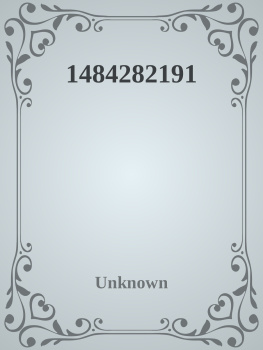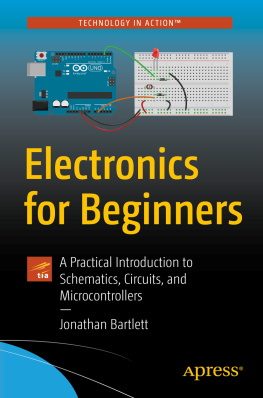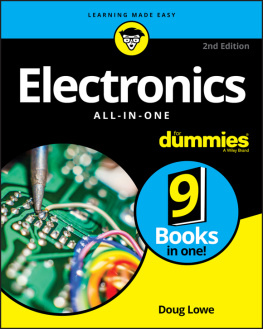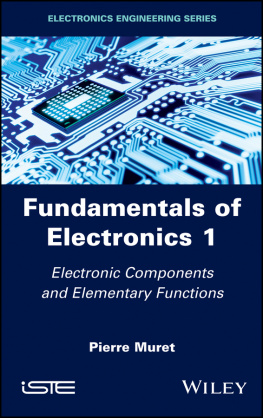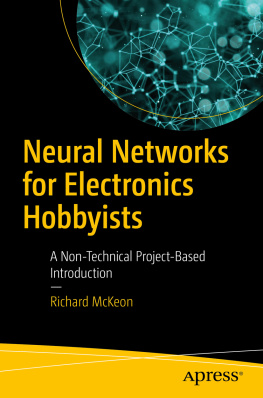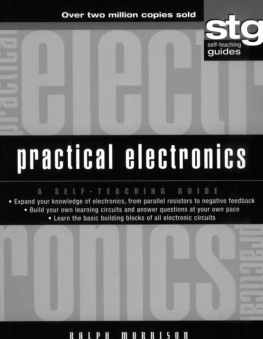John M. Hughes - Practical Electronics
Here you can read online John M. Hughes - Practical Electronics full text of the book (entire story) in english for free. Download pdf and epub, get meaning, cover and reviews about this ebook. year: 2015, publisher: OReilly Media, genre: Home and family. Description of the work, (preface) as well as reviews are available. Best literature library LitArk.com created for fans of good reading and offers a wide selection of genres:
Romance novel
Science fiction
Adventure
Detective
Science
History
Home and family
Prose
Art
Politics
Computer
Non-fiction
Religion
Business
Children
Humor
Choose a favorite category and find really read worthwhile books. Enjoy immersion in the world of imagination, feel the emotions of the characters or learn something new for yourself, make an fascinating discovery.
- Book:Practical Electronics
- Author:
- Publisher:OReilly Media
- Genre:
- Year:2015
- Rating:4 / 5
- Favourites:Add to favourites
- Your mark:
Practical Electronics: summary, description and annotation
We offer to read an annotation, description, summary or preface (depends on what the author of the book "Practical Electronics" wrote himself). If you haven't found the necessary information about the book — write in the comments, we will try to find it.
How much do you need to know about electronics to create something interesting, or creatively modify something that already exists? If youd like to build an electronic device, but dont have much experience with electronics components, this hands-on workbench reference helps you find answers to technical questions quickly.
Filling the gap between a beginners primer and a formal textbook, Practical Electronics explores aspects of electronic components, techniques, and tools that you would typically learn on the job and from years of experience. Even if youve worked with electronics or have a background in electronics theory, youre bound to find important information that you may not have encountered before.
Among the books many topics, youll discover how to:
John M. Hughes: author's other books
Who wrote Practical Electronics? Find out the surname, the name of the author of the book and a list of all author's works by series.



